I have high speed internet but slow buffering is one complaint we get from a lot of our readers, and we’ve decided to help you fix the issue with this post. There are many different factors that can hinder your fast internet from working properly.
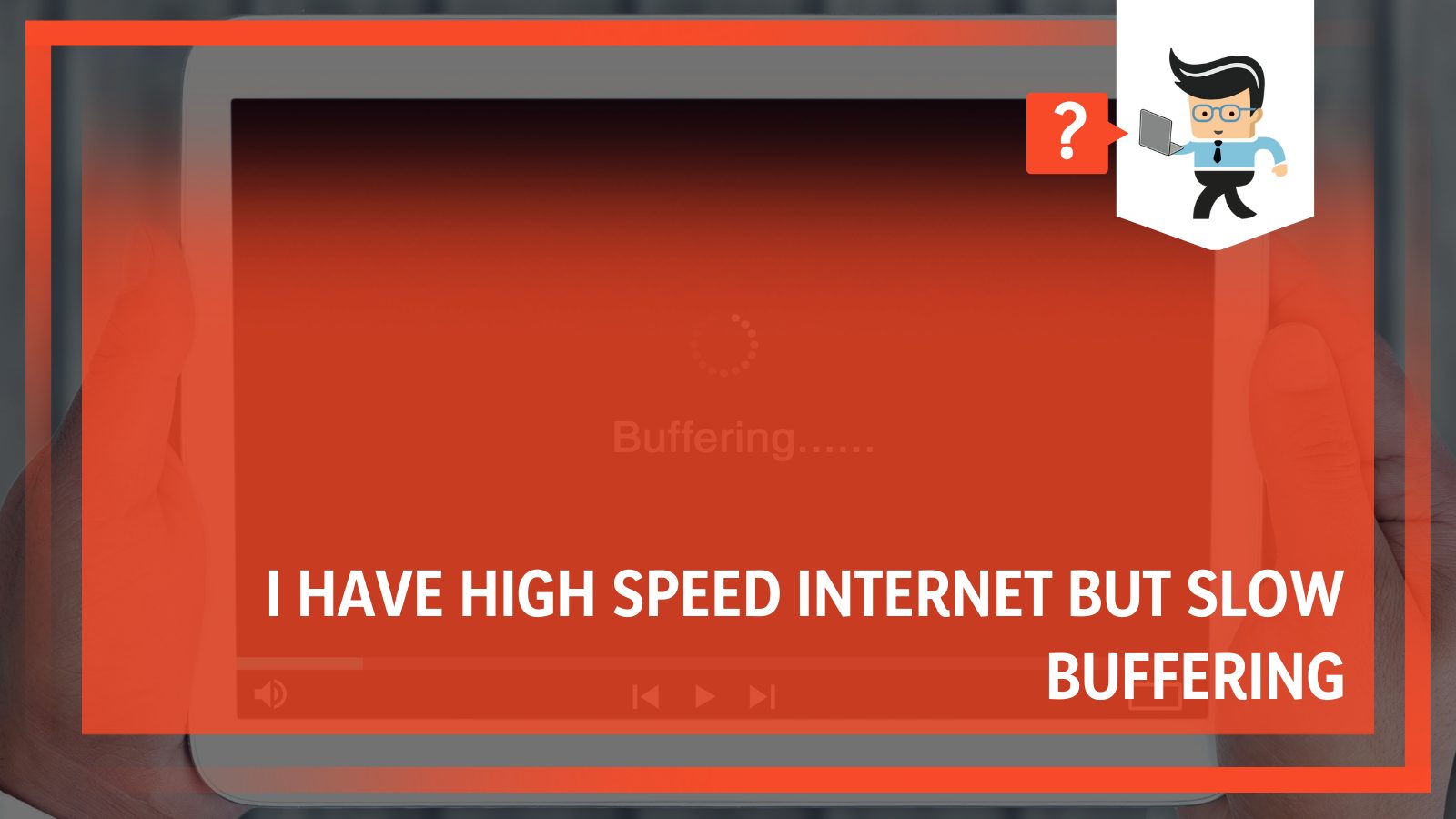
Some of these factors include weak signals, network management settings, the number of connected devices, and more. Let’s take a comprehensive look at the reasons that may cause your high-speed internet to have buffering problems while offering solutions to resolve this problem.
Contents
Why I Have High Speed Internet but Slow Buffering
High-speed internet but slow buffering can happen because of several reasons that are listed below:
- Weak signal
- Quality of service settings
- Number of connected devices
- High bandwidth consumption
- Slow and outdated devices
- Throttling and bandwidth caps
– Weak Signal
Oftentimes, a weak signal is the reason why fast internet buffers slowly. Weak signals can be a result of thick walls or interference from other electrical or wireless units in your household or office. Another reason for a weak signal is your router’s range.
If your connected devices are not well within your router’s range, you’re bound to experience slow internet even when you’re using quality internet.
– Quality of Service Settings
Quality of Service, otherwise known as QoS, is a setting embedded in some routers. This setting allows you to prioritize your devices so your router can provide the best connection to priority devices. When you optimize this setting for the right devices, you’re likely to experience a faster and better connection.
– Number of Connected Devices
If you have multiple devices connected to your router, you’re bound to experience less speed even when using a high-speed connection. The reason is that each device has its maximum bandwidth consumption.
While your router may try to share the speed allowed by your internet provider equally among all connected devices, some bandwidth-hungry devices may consume more bandwidth than the rest.
So you may experience excellent network coverage on a smaller device like a smartphone while your larger devices, such as a computer or gaming console, experience buffering and vice versa.
– Huge Bandwidth Consumption
Engaging in activities that consume huge amounts of bandwidth can also cause your other devices to buffer. For instance, if you’re downloading a huge file on your gaming console or computer and trying to use a video streaming service on your smartphone, you may experience buffering on your smartphone since the download is likely to consume more bandwidth than the show you’re streaming.
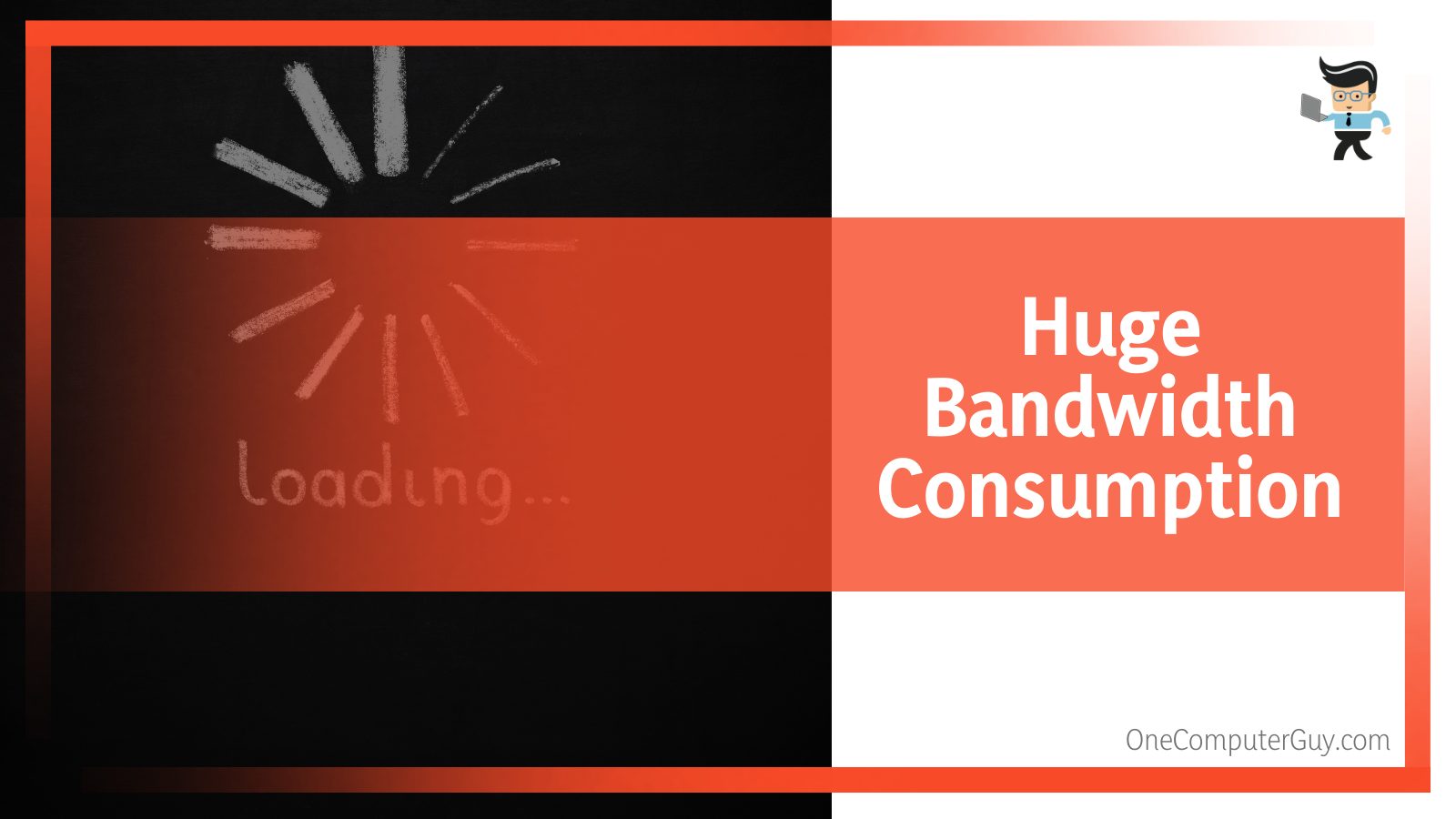
– Slow and Outdated Devices
If your device is running a slow or outdated chip, you may experience buffering even with a fast internet connection. Electronic devices are susceptible to getting outdated really fast.
Chip makers are improving every year to keep up with the current internet speeds. So if your device is an old one, the network cards it’s installed with may not be able to accommodate the current speed offering, which to you, will seem like buffering.
– Throttling and Bandwidth Caps
Internet service providers, also known as ISPs, are another reason why you may be experiencing buffering on your high-speed connection. Many ISPs put caps on their service offerings and throttle the speed you get when you reach the cap. This means that once you get to a certain limit, the ISP will reduce the speed you get from your connection.
For instance, an ISP can offer unlimited internet at a maximum speed of 50Mbps. However, they’ll add a clause saying once you exceed 500GB, the speed will be throttled down to 5Mbps.
If you’re a low internet user, you may not experience the throttling till your subscription expires. However, if you’re a high internet user, you’re bound to experience the throttling, which can result in your shows and games buffering all the time.
Stopping Buffering When Streaming
There are many different slow streaming fixes you can try to enjoy a better internet experience.
Some of these methods include:
– Optimizing Your QoS Setting
As mentioned above, your network management settings can contribute to you experiencing slow buffering on your high-speed connection. What you want to do is check if your router has the QoS setting and adjust the setting for each device connected to your router or each activity performed on your devices.
For instance, you can give your gaming and streaming devices more priority than the devices you use for chatting and texting. By optimizing your router’s QoS setting, you’re likely to experience a jump in speed on priority devices.
You can check for the QoS setting through your router’s web interface. Note that not all routers have the QoS setting.
– Minimize the Number of Devices
The number of devices that are connected to your router plays a major role in the connection speed you’re likely to get. If you connect multiple devices to a single network, each device will try to get its maximum bandwidth, which can result in congestion and low speeds.
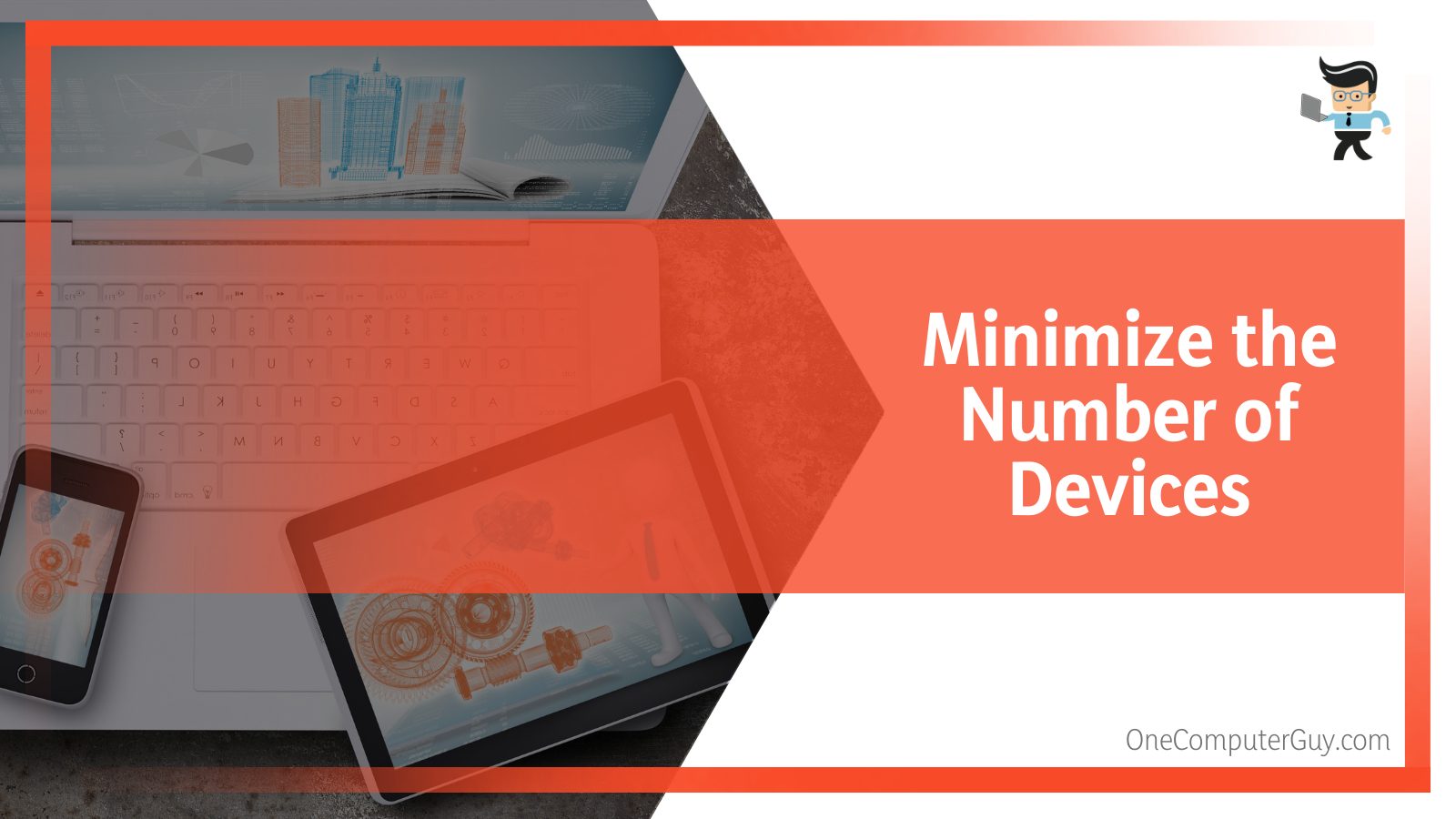
Your doorbells, smartwatches, speakers, smart lighting, etc., are likely to consume a huge amount of bandwidth, thereby leaving very little for your main device. This struggle among devices will inevitably lead to slow buffering when you’re playing games or streaming music, as well as video buffering on your primary device.
What you want to do is minimize the number of devices that are connected to your router, especially if your router doesn’t have the QoS setting. You can limit the speed they get through your network map or router’s web interface.
These two tools allow you to see the number of connected devices so you can limit or disable their connections to your network.
You can also change your Wi-Fi password and connect only your important devices to the network.
– Delay or Minimize Activities That Consume Bandwidth
Activities such as updating huge game and software files or downloading big files at the same time you’re streaming your shows can cause you to experience slow buffering.
In situations like these, the ideal solution is to postpone your file updates or downloads to times when there’ll be fewer devices on the network. This way, you’ll have more bandwidth to share between your main device and your downloads.
You can also create two separate home networks. While one network will be for general use, the other will be dedicated to your personal use. Creating two separate home networks is bound to help you improve your buffering speed significantly.
– Use a Wired Connection
Another excellent way to improve slow buffering speed is to use a wired or cable connection, such as USB or Ethernet. The reason is that Wi-Fi connections are generally less efficient than cable connections.
While you may not be able to use an Ethernet connection for a Wi-Fi device, such as a mobile phone, your computer, gaming console, and workstations can enjoy better-buffering speed and connectivity via ethernet cables.
– Keep Your Devices in Range
Most routers send wireless signals within a particular range. This range is definite, and once your device is close to being out of range, you’re likely to experience slow buffering.
Your device can even get disconnected from the network once you’re outside the router’s range. It doesn’t matter whether or not you have a high-internet speed subscription from your ISP.
Routers spread their signals like an umbrella, so it’s essential that you keep your device within the range of that umbrella to get the best speeds and improve your buffering.
Also, factors such as walls and microwaves can interfere with the signal you get from your router, making the signals weak, thereby leading to slow buffering or consistent disconnections.
So, you want to make sure that your router is in a good spot where walls and microwaves won’t cause any interference. You can also get a wi-fi extender to help you extend the range of your router.
– Change Your Wi-Fi Channel
Wireless channels are designed to help improve data transmission. However, since these channels process tons of information, there’s a good chance for them to become congested, which in turn reduces the speed of your connection.
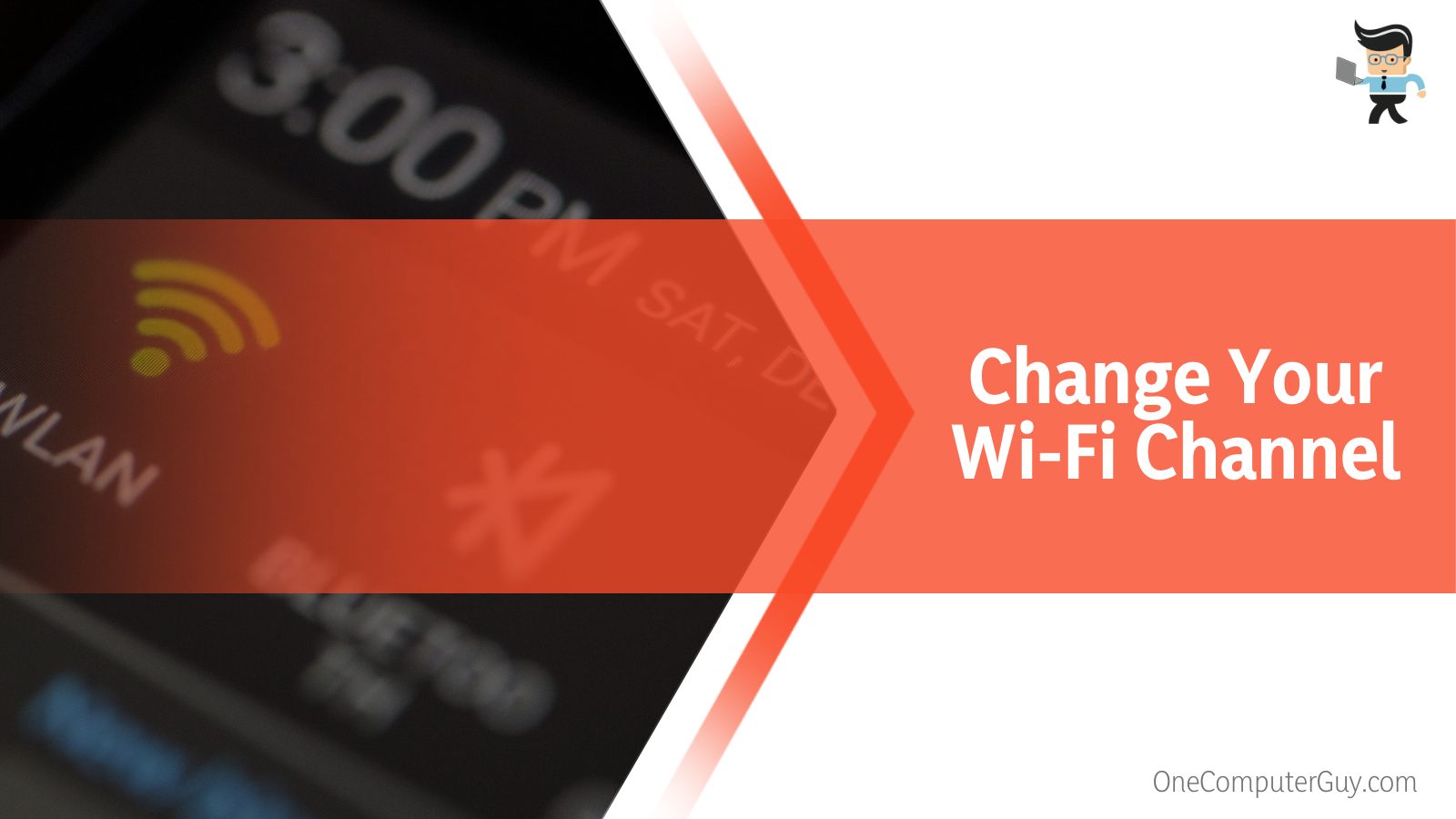
You can diagnose your Wi-Fi channel with an Android, iOS, Mac, or Windows app, such as NetSpot. If, after diagnosing and analyzing your router’s wireless channels, you confirm that it’s congested, you’ll need to change to a different channel via your router’s web interface.
Most modern routers come with two to three different channels, and they’re often labeled with their frequency bands.
You’re likely going to find these two frequency bands, 2.4GHz and 5GHz, in your router’s web interface. While the 2.4GHz band has a longer range, it is susceptible to interference from other electronic devices, and it’s also slower compared to the 5GHz band. On the contrary, the 5GHz band is faster, but the range is shorter.
The rule of the thumb here is to use the 5GHz band when you want to engage in internet activities that require high bandwidths, such as downloading huge files, playing online games, and streaming shows. You can use the slower 2.4GHz band for devices that require less bandwidth, such as your smart home devices.
– Update Your Software, Graphics, and Hardware Drivers
Outdated hardware and software can also cause you to experience slow buffering even with a high-speed connection. Make sure you update graphics card drivers, sound drivers, and other related drivers.
If the hardware is the problem, you may need to replace your hardware to take full advantage of your fast internet connection.
If your hardware’s maximum data transfer rate is 150kbps, it won’t exceed that simply because you’re connected to a high-speed connection. Therefore, the ideal thing to do would be to replace the device with one that can utilize the connection to its fullest.
– Reduce Video Quality
High-speed connections are meant to be fast. However, there are times when your ISP will experience downtimes, thereby bringing down the speed of your connection. At times like this, you’re likely to experience slow buffering. You can tweak your video settings to a lower resolution to fix the problem.
– Use a VPN
Virtual private networks, aka VPNs, can help you determine whether or not your ISP is throttling your connection. Most internet providers resort to throttling once they notice a user is consuming a lot of bandwidth. And since activities like streaming and online gaming consume bandwidth, you’re going to experience slow buffering once you’re throttled by your ISP.
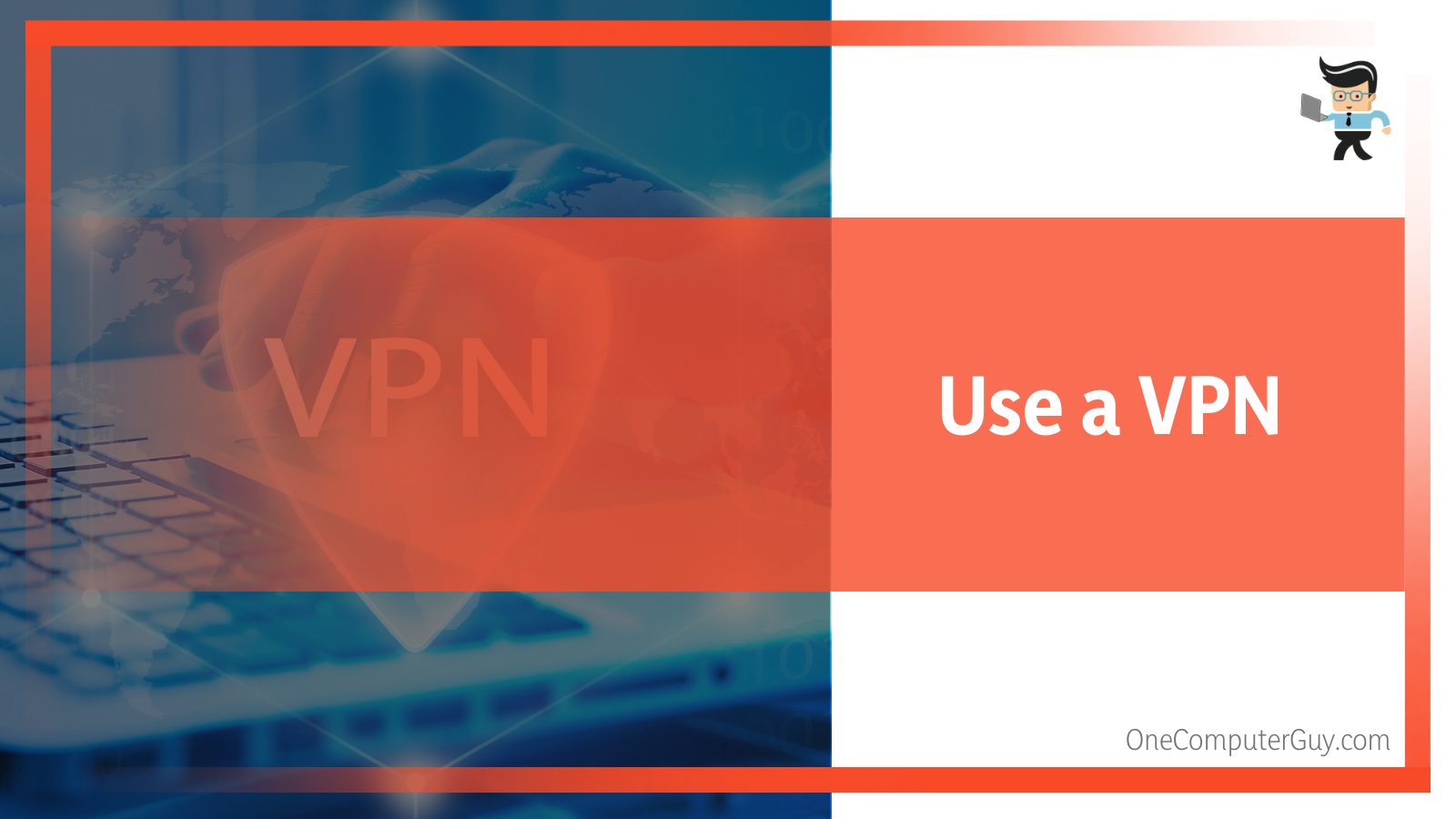
What you want to do is connect to a VPN and try using your network again. The VPN will hide your traffic from your internet provider so they can’t throttle you through their deep packet inspection.
Conclusion
Now, you know the reasons why you experience slow buffering with high-speed connections, as well as how to resolve the issue.
Let’s summarize the entire topic to make sure you have all you need to enjoy your fast internet connection:
- You can experience slow buffering even with fast internet when you’re using an outdated device, or your software is outdated.
- Make sure your router is located in a space where its signals aren’t disturbed by walls or microwaves.
- Using a VPN can help you resolve network throttling.
- Cable connections like USB and Ethernet are more reliable than wireless connections.
- Too many connected devices can cause you to experience slow buffering.
If nothing seems to work after trying the solutions above, you can try using a VPN or talk to your ISP to find out why your supposed fast internet connection is slow. Your ISP may be throttling the speed because you’re using a lot of bandwidth.







